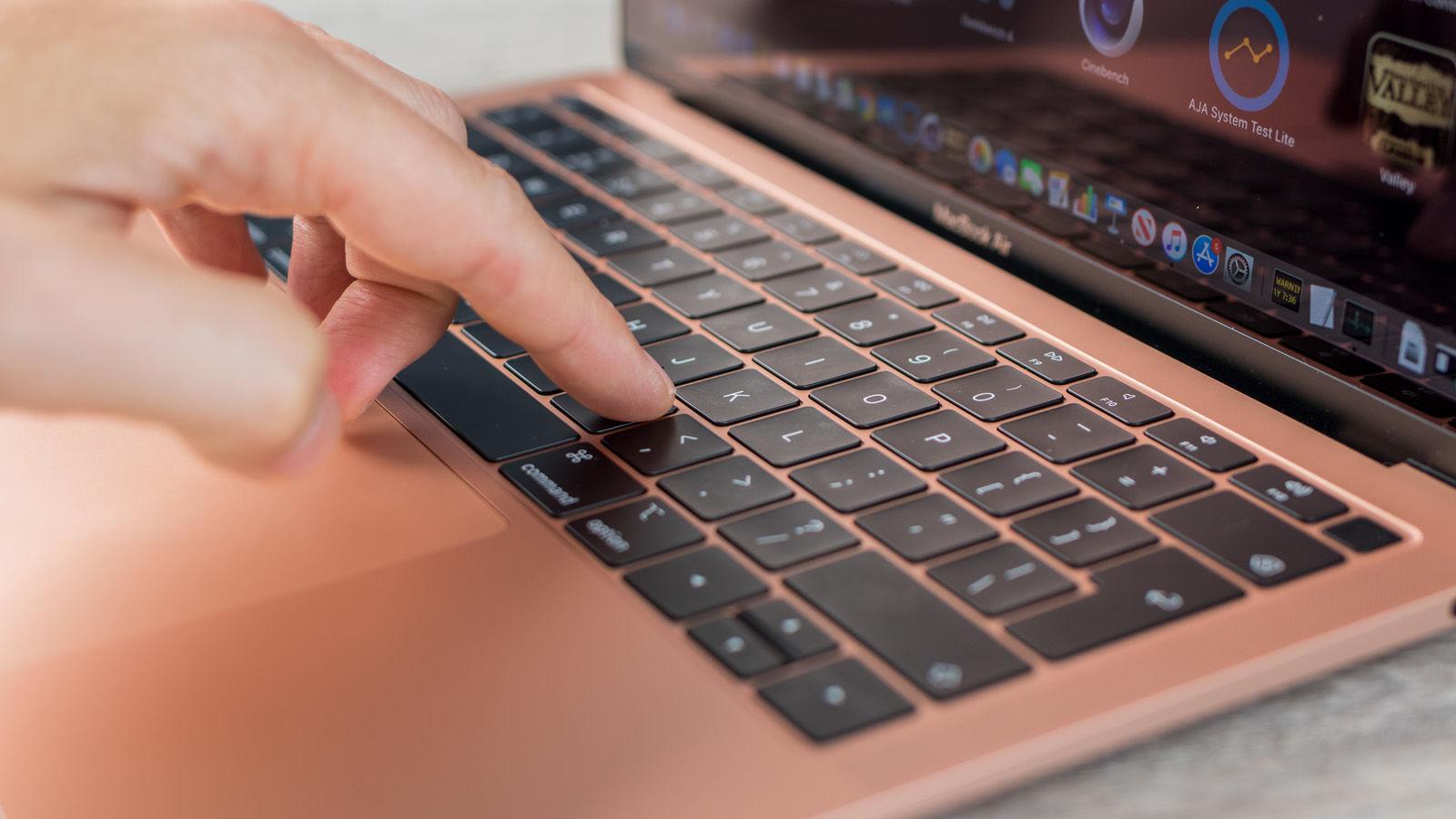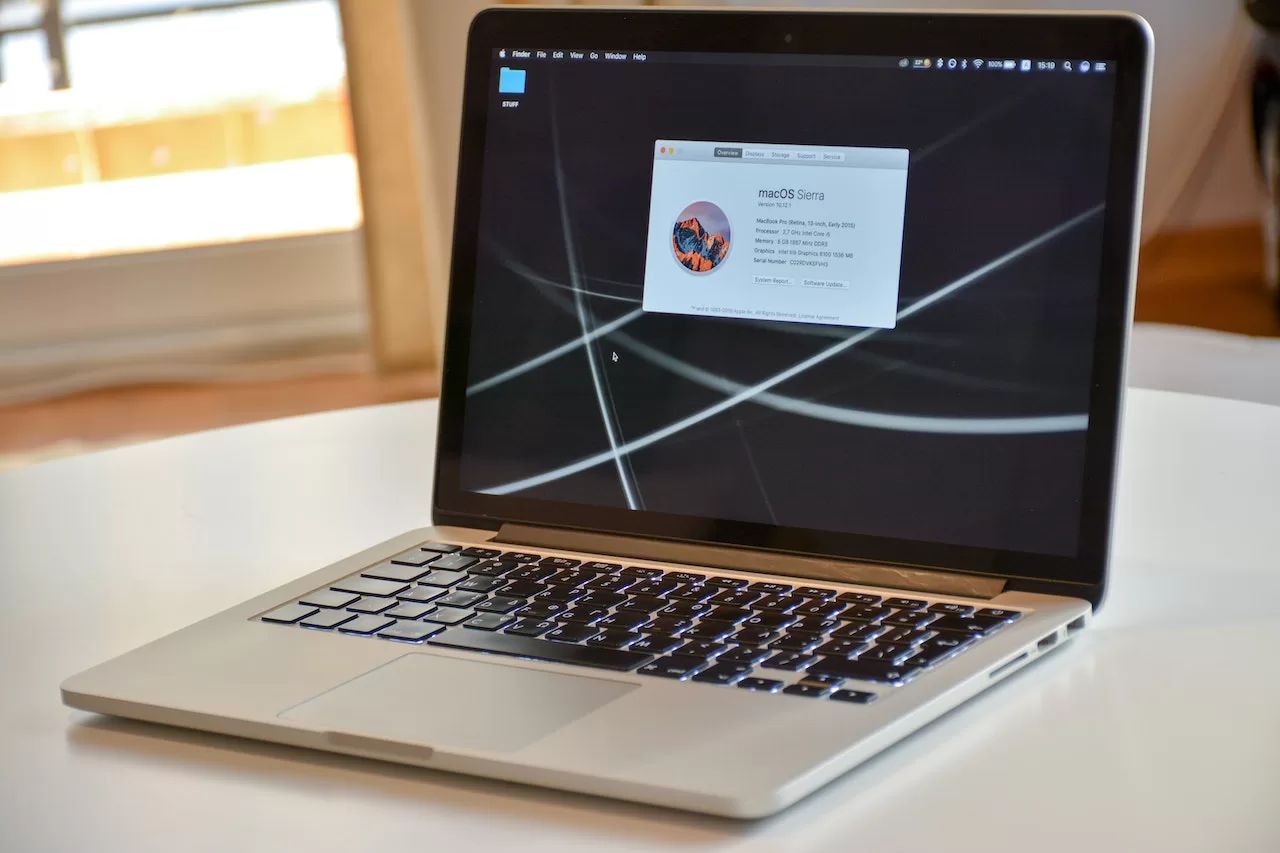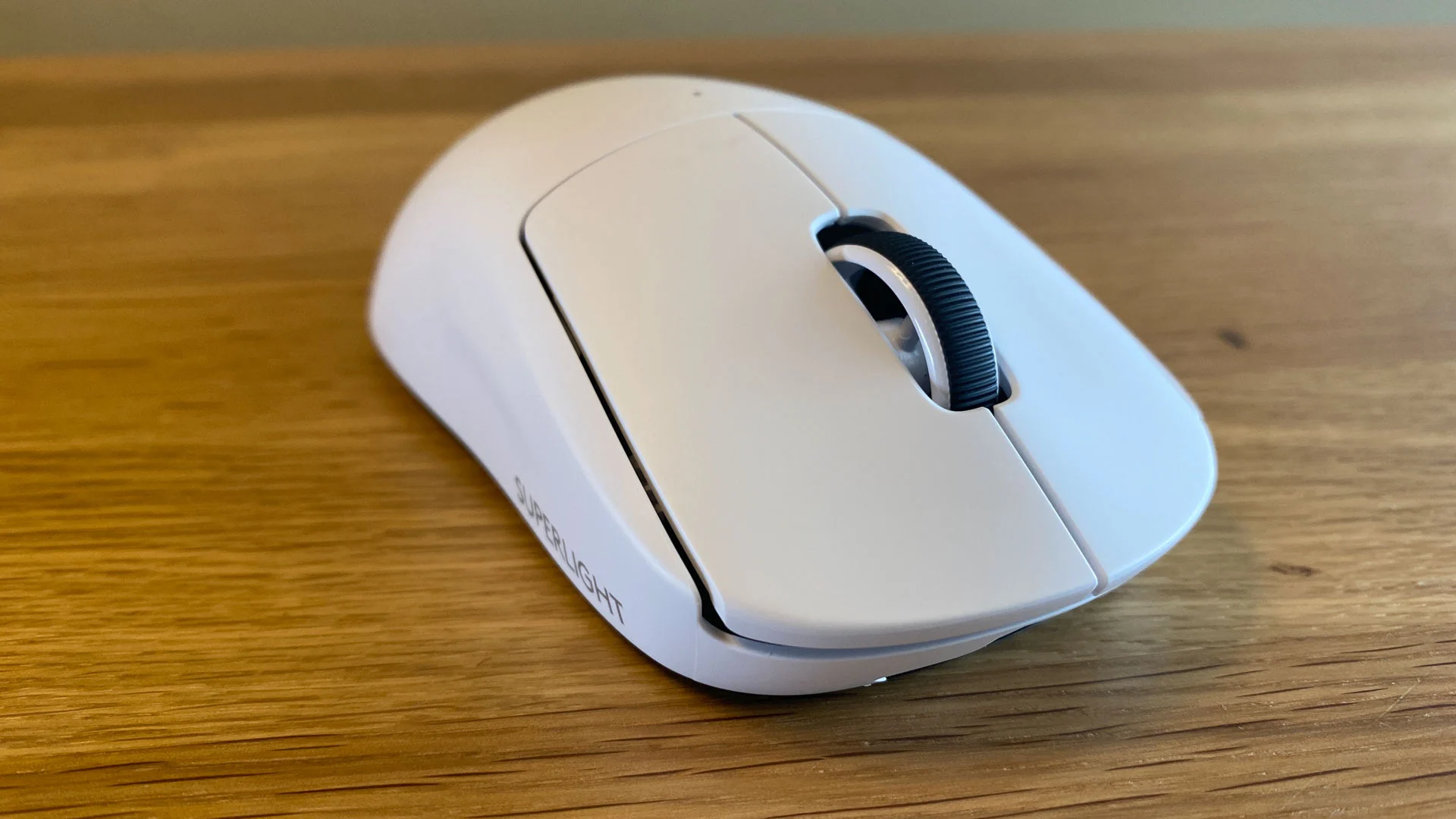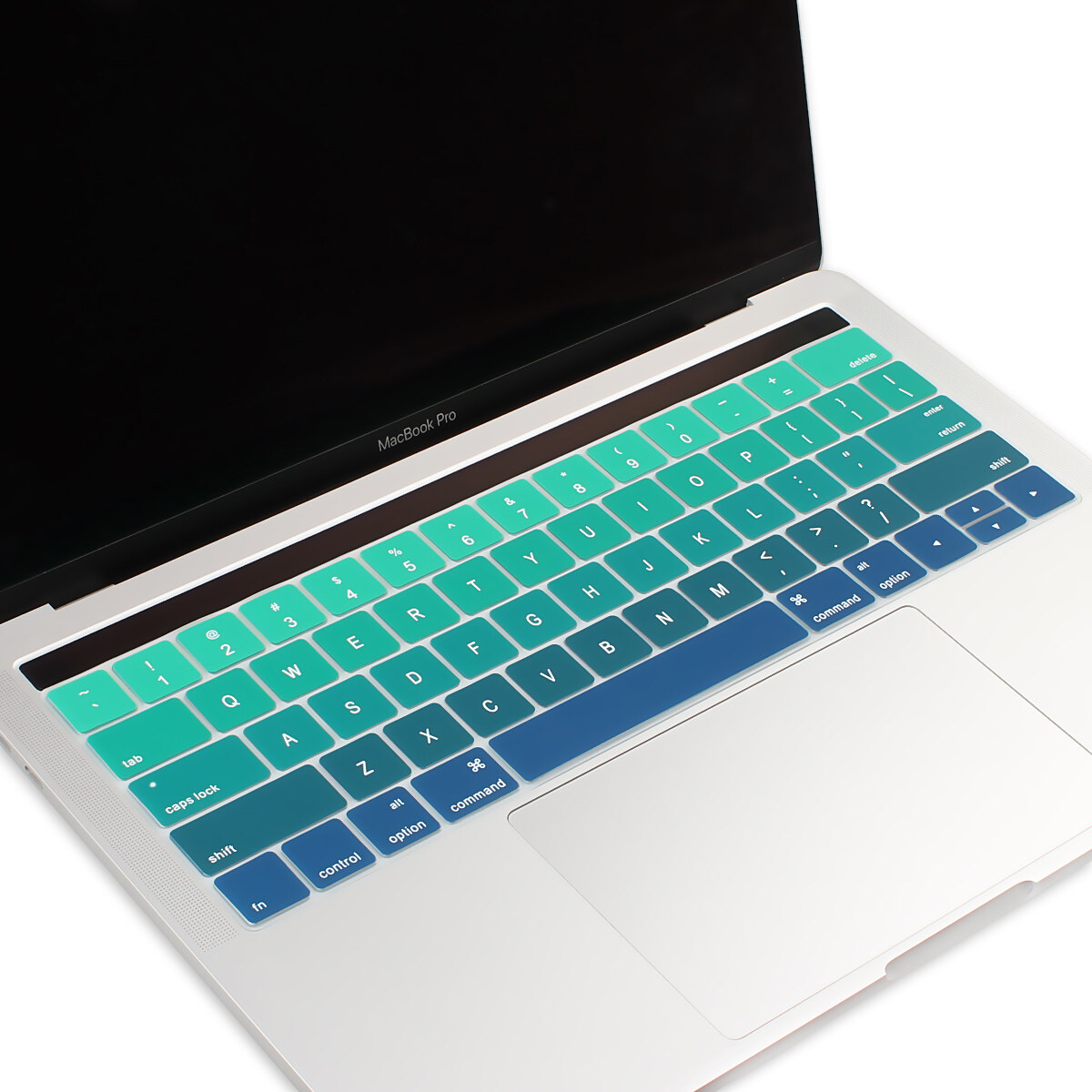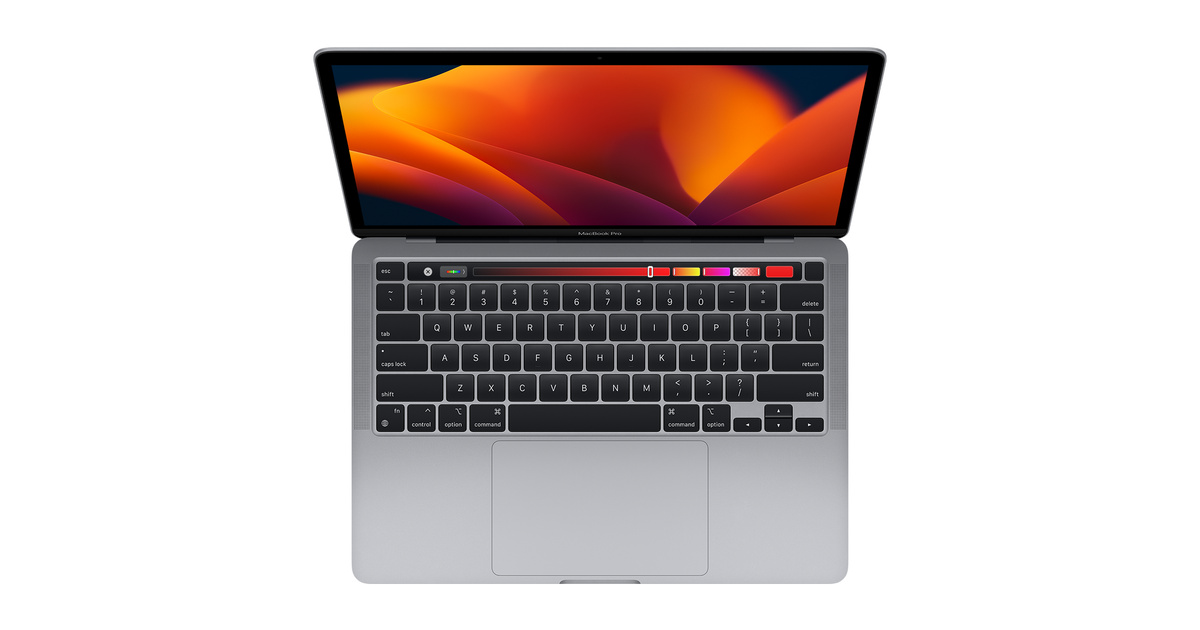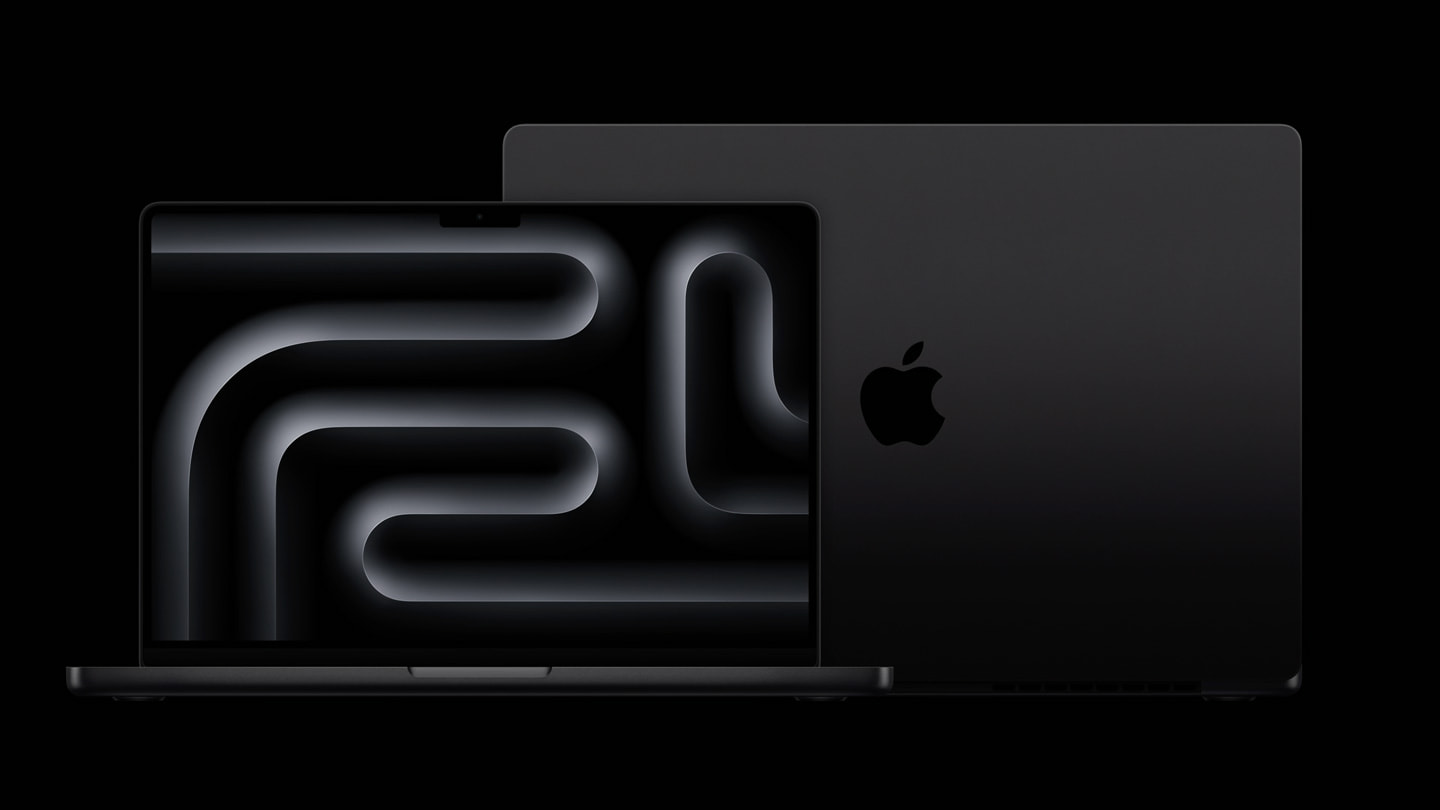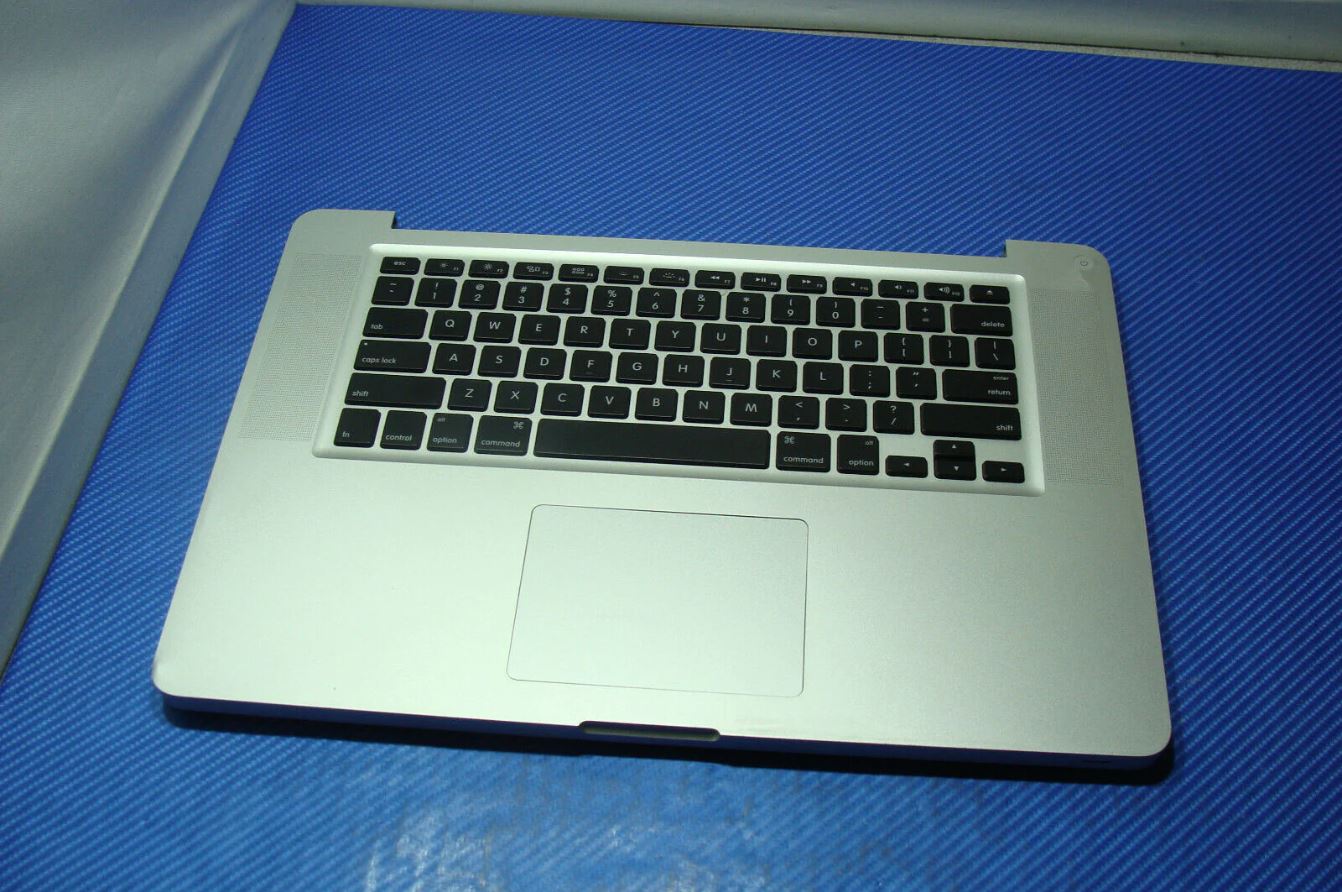Introduction
The MacBook Pro is a highly popular and powerful laptop that is beloved by professionals, creatives, and tech enthusiasts alike. With its sleek design, impressive performance, and innovative features, it’s no surprise that many people rely on their MacBook Pro for both work and personal use.
However, like any electronic device, the lifespan of a MacBook Pro is not indefinite. Eventually, it will age and become less efficient. Understanding how long a MacBook Pro can last and what factors can impact its lifespan is crucial for users who want to make the most out of their investment.
In this article, we’ll explore the various factors that can impact the lifespan of a MacBook Pro, as well as provide tips on how to extend its longevity. We’ll also discuss the average lifespan of different MacBook Pro models, signs that your MacBook Pro is aging, common issues that can affect its lifespan, and when it may be time to consider upgrading to a newer model.
By gaining a deeper understanding of these factors, you’ll be equipped with the knowledge to optimize the performance and lifespan of your MacBook Pro, ensuring you can get the most out of it for years to come.
Factors That Impact the Lifespan of a MacBook Pro
There are several key factors that can have a significant impact on the lifespan of your MacBook Pro. By understanding and managing these factors, you can prolong the life of your device and ensure it remains in optimal condition. Let’s delve into the main factors that can affect your MacBook Pro’s lifespan.
1. Usage Patterns: How you use your MacBook Pro can greatly influence its lifespan. If you primarily use it for resource-intensive tasks like video editing or gaming, it will put more strain on the components, potentially leading to faster wear and tear. On the other hand, if you use it mostly for light browsing and productivity tasks, it will likely have a longer lifespan.
2. Maintenance: Regular maintenance plays a crucial role in preserving the lifespan of your MacBook Pro. Keeping your device clean, running regular software updates, and maintaining adequate storage space can help prevent system slowdowns, overheating, and other issues that can shorten its lifespan.
3. Environmental Factors: The environment in which you use and store your MacBook Pro can impact its longevity. Extreme temperatures, high humidity, and exposure to dust and debris can all cause damage to internal components over time. It’s important to keep your MacBook Pro in a clean and controlled environment to minimize the risk of damage.
4. Battery Care: The battery is a critical component of your MacBook Pro, and its lifespan can be affected by how it’s used and maintained. Avoid consistently draining the battery to 0% or leaving it fully charged for extended periods. It’s recommended to keep the battery between 20% and 80% charge for optimal longevity.
5. Hardware Upgrades: Upgrading certain hardware components, such as the RAM or storage drive, can help extend the lifespan of your MacBook Pro. More RAM allows for smoother multitasking, while a larger storage drive provides ample space for your files and prevents excessive strain on the system.
By considering and adapting to these factors, you can ensure that your MacBook Pro remains in excellent condition and continues to perform at its best for years to come.
How to Maximize the Lifespan of Your MacBook Pro
To maximize the lifespan of your MacBook Pro and keep it running smoothly, there are several proactive steps you can take. By following these guidelines, you can optimize the performance and longevity of your device:
1. Keep it clean: Regularly clean your MacBook Pro to prevent dust and debris from accumulating. Use a soft microfiber cloth to wipe the screen and the exterior. Use compressed air to clean the keyboard and ports, and avoid eating or drinking near your MacBook Pro to minimize the risk of spills.
2. Protect from extreme temperatures: Avoid exposing your MacBook Pro to extreme temperatures, as they can cause damage to the internal components. Keep your device away from direct sunlight and don’t leave it in a hot car. In cold environments, allow your MacBook Pro to warm up to room temperature before turning it on.
3. Manage storage space: Maintaining adequate storage space on your MacBook Pro is important for its performance and lifespan. Avoid filling up the hard drive to its maximum capacity, as this can slow down the system. Regularly delete unnecessary files, and consider using external storage options or cloud services to offload large files and free up space.
4. Use proper charging practices: Follow proper charging practices to preserve the battery life of your MacBook Pro. Avoid leaving it plugged in when the battery is fully charged, as this can result in overcharging. Conversely, don’t let the battery drain to 0% on a regular basis. Ideally, keep the battery level between 20% and 80%.
5. Install software updates: Regularly update your MacBook Pro’s software to benefit from bug fixes, security patches, and performance improvements. These updates not only enhance the functionality of your device but also address known issues that could impact its lifespan.
6. Consider a protective case or sleeve: Investing in a protective case or sleeve can provide an additional layer of defense against accidental bumps, scratches, and other physical damage. This can help extend the lifespan of your MacBook Pro and maintain its pristine condition.
By implementing these strategies, you can significantly prolong the lifespan of your MacBook Pro and ensure that it remains a reliable and efficient companion for your work and personal needs.
Average Lifespan of Different MacBook Pro Models
The average lifespan of a MacBook Pro can vary depending on the model and how well it is maintained. While it is challenging to provide a precise timeframe for each model, we can offer a general overview based on historical data and user experiences. Keep in mind that individual usage and care can significantly impact the longevity of a MacBook Pro. Here is an estimate of the average lifespan for different MacBook Pro models:
1. MacBook Pro (13-inch, non-Retina): This model, known for its removable battery, was produced from 2009 to 2012. With proper care, it can last anywhere between 4 to 6 years. However, older models may experience hardware limitations and software compatibility issues over time.
2. MacBook Pro (13-inch, Retina): The Retina display models were introduced in 2012 and have continued to evolve in subsequent years. These MacBook Pros usually have a lifespan of around 5 to 7 years. The Retina display, powerful processors, and SSD storage contribute to their durability and longevity.
3. MacBook Pro (15-inch, non-Retina): MacBook Pro models without Retina display, manufactured from 2006 to 2012, typically have a lifespan of 5 to 7 years. These models were praised for their performance at the time, but advancements in technology have made them less relevant in recent years.
4. MacBook Pro (15-inch, Retina): The MacBook Pro with Retina display, introduced in 2012 and subsequently upgraded, offers more power and a higher-resolution display than its non-Retina predecessor. With regular maintenance, these models can last between 6 to 8 years, depending on usage and upgrades.
5. MacBook Pro (16-inch): The latest addition to the MacBook Pro lineup, the 16-inch model offers powerful performance and an immersive display. With its advanced hardware and design, this model is expected to have a longer lifespan compared to its predecessors. With proper care, it can last anywhere from 6 to 8 years or longer.
It’s important to note that these estimations are based on general trends and should be taken as rough guidelines. The actual lifespan of your MacBook Pro can vary based on various factors, including usage patterns, maintenance, and individual circumstances. By following good practices and keeping your device well-maintained, you can maximize its lifespan and enjoy its benefits for many years.
Signs That Your MacBook Pro Is Aging
As your MacBook Pro ages, you may start to notice certain signs that indicate its gradual decline in performance and overall condition. Recognizing these signs can help you better understand when it may be time to consider maintenance or an upgrade. Here are some common signs that your MacBook Pro is aging:
1. Sluggish performance: If you notice that your MacBook Pro is taking longer to boot up, load applications, or perform tasks that used to be quick and seamless, it could be a sign of aging hardware or a cluttered operating system. Upgrading components like RAM or replacing the hard drive with an SSD can improve performance.
2. Frequent crashes or freezes: If your MacBook Pro frequently freezes, crashes, or experiences system instability, it may indicate underlying hardware or software issues. Over time, components like the logic board or hard drive may wear out, leading to these issues. Running diagnostic tests or seeking professional assistance can help identify the root cause.
3. Reduced battery life: As your MacBook Pro gets older, the battery’s capacity will naturally degrade. You may notice that it no longer holds a charge as well as it used to and requires more frequent charging. If the battery life has significantly decreased and no longer meets your needs, replacing the battery can help restore its performance.
4. Unresponsive or malfunctioning hardware: Aging MacBook Pro models may experience issues with hardware components like the keyboard, trackpad, or ports. Keys may become sticky, the trackpad may not register gestures properly, or ports may become loose. These signs of physical wear and tear may require repairs or replacement parts.
5. Overheating and excessive fan noise: A MacBook Pro that is aging may struggle to dissipate heat effectively, resulting in frequent overheating and increased fan noise. This can be caused by dust accumulation in the internal components or degraded thermal paste. Regularly cleaning the device and replacing thermal paste can help alleviate these issues.
6. Outdated software support: As new operating systems and software updates are released, older MacBook Pro models may no longer be compatible or receive updates. This can limit your ability to access new features and security patches. If your MacBook Pro is unable to run the latest software, it may be a sign that it’s reaching the end of its lifespan.
While these signs indicate the aging process, it doesn’t necessarily mean that you need to immediately replace your MacBook Pro. Some issues can be addressed through upgrades, repairs, or software optimizations. It’s essential to assess the overall condition of your device and consider your specific needs before deciding on the next steps.
Common Issues That Affect the Lifespan of a MacBook Pro
While MacBook Pro models are renowned for their reliability, there are several common issues that can affect the lifespan of these devices. Being aware of these issues can help you take proactive measures to prevent or address them, ensuring that your MacBook Pro remains functional and efficient for as long as possible. Here are some of the most prevalent issues that can impact the lifespan of a MacBook Pro:
1. Logic board failures: The logic board, also known as the motherboard, is a critical component that controls the overall functionality of the MacBook Pro. Over time, the logic board can develop issues due to heat, power surges, or component failure. Symptoms of a failing logic board include random shutdowns, no power, or the device not turning on at all. A professional repair may be required to resolve this issue.
2. Screen delamination: Some MacBook Pro models, particularly those produced between 2012 and 2014, were prone to a problem called screen delamination. This occurs when the anti-glare coating on the display starts to peel off, causing a distorted or discolored appearance. While not directly impacting the performance, it can affect the visual experience and may require a screen replacement.
3. Keyboard malfunctions: Certain MacBook Pro models, specifically those with the butterfly mechanism keyboard introduced in 2015, have faced issues with sticky or unresponsive keys. Dust, debris, or even normal wear and tear can cause the keys to become stuck or fail to register keystrokes. Apple has since phased out the butterfly keyboard, but if you’re experiencing keyboard issues, it may necessitate a replacement.
4. Battery swelling: Over time, the battery in a MacBook Pro can swell due to physical wear or manufacturing defects. Signs of a swollen battery include a trackpad that doesn’t click properly or the bottom case of the laptop bulging. A swollen battery can cause damage to other internal components and should be addressed immediately. Replacing the battery is typically required to resolve the issue.
5. Hard drive or SSD failure: Mechanical hard drives and solid-state drives (SSDs) can fail over time due to factors like age, read/write cycles, or physical damage. Symptoms of a failing drive include frequent crashes, slow performance, or the inability to boot up your MacBook Pro. It’s crucial to back up your data regularly and consider replacing the drive if issues arise.
6. Heat-related issues: MacBook Pro models can sometimes suffer from overheating, especially if there is excessive dust buildup inside the device or if the thermal management system is not functioning optimally. Prolonged exposure to high temperatures can lead to component failure or reduced lifespan. Regular cleaning of the internal components and ensuring proper airflow can mitigate these issues.
By being aware of these common issues, you can be proactive in addressing them, either through regular maintenance, seeking professional repairs, or considering upgrades. This will help prolong the lifespan of your MacBook Pro and ensure that it continues to serve you well for years to come.
When to Consider Upgrading Your MacBook Pro
While MacBook Pro models are built to last, there may come a time when upgrading to a newer model becomes necessary. Here are some signs that indicate it may be time to consider upgrading your MacBook Pro:
1. Performance limitations: If your current MacBook Pro is struggling to handle the tasks you need it to perform, such as running resource-intensive software or multitasking, it may be a sign that it’s time for an upgrade. Newer models typically offer more powerful processors, increased RAM, and faster storage options, allowing for improved performance and smoother workflows.
2. Outdated software compatibility: As technology advances, older MacBook Pro models may no longer be compatible with the latest software updates, including operating system upgrades and new applications. If you find that you’re unable to access key features, security patches, or software updates due to hardware limitations, it may be a good time to consider upgrading.
3. Physical wear and tear: If your MacBook Pro has experienced significant physical damage or has reached a point where repairs are frequent and costly, it may be more cost-effective and practical to invest in a new model. Cracked screens, malfunctioning keyboards, or issues with ports can be indications that an upgrade is necessary.
4. Battery life degradation: Over time, the battery in a MacBook Pro will naturally degrade, resulting in reduced battery life and the need for more frequent charging. If your MacBook Pro can no longer hold a charge for a reasonable duration that meets your needs, replacing the battery may help, but upgrading to a newer model with an improved battery life could be a better long-term solution.
5. Lack of necessary features: If your current MacBook Pro lacks essential features that are now available in newer models, it may be worth considering an upgrade. These features could include a better display, improved graphics performance, enhanced connectivity options, or advanced security features. Assess your specific needs and consider how a newer model could better meet them.
6. Long-term cost-benefit analysis: Lastly, it’s essential to consider the cost-benefit analysis over the long term. If you find yourself consistently investing in repairs, maintenance, and upgrades for an older MacBook Pro, it might be more financially feasible to upgrade to a newer model that offers better performance and reliability.
Ultimately, the decision to upgrade your MacBook Pro should be based on your specific needs, budget, and the expected improvements a newer model can provide. Assessing the factors mentioned above will help you determine when the time is right to invest in a new MacBook Pro to ensure a seamless and efficient computing experience.
Conclusion
The lifespan of a MacBook Pro can vary depending on several factors, including usage patterns, maintenance, and the specific model. By understanding these factors and taking proactive measures to maximize the lifespan of your MacBook Pro, you can ensure that it remains functional and efficient for as long as possible.
Regular maintenance, such as keeping your MacBook Pro clean, managing storage space, and following proper charging practices, can greatly impact its longevity. Additionally, being aware of common issues that can affect the lifespan, such as logic board failures or battery swelling, allows you to address them in a timely manner.
Knowing when to consider upgrading your MacBook Pro is also essential. If your device is struggling with performance limitations, outdated software compatibility, or physical wear and tear, it may be time to invest in a newer model that can better meet your needs.
Remember, while these guidelines are helpful, each MacBook Pro and user’s circumstances are unique. It’s important to tailor your approach based on your specific requirements and consult with professionals when needed.
By taking care of your MacBook Pro, addressing issues promptly, and knowing when to upgrade, you can enjoy the benefits of a reliable, efficient, and long-lasting device that enhances your productivity and creativity for years to come.







